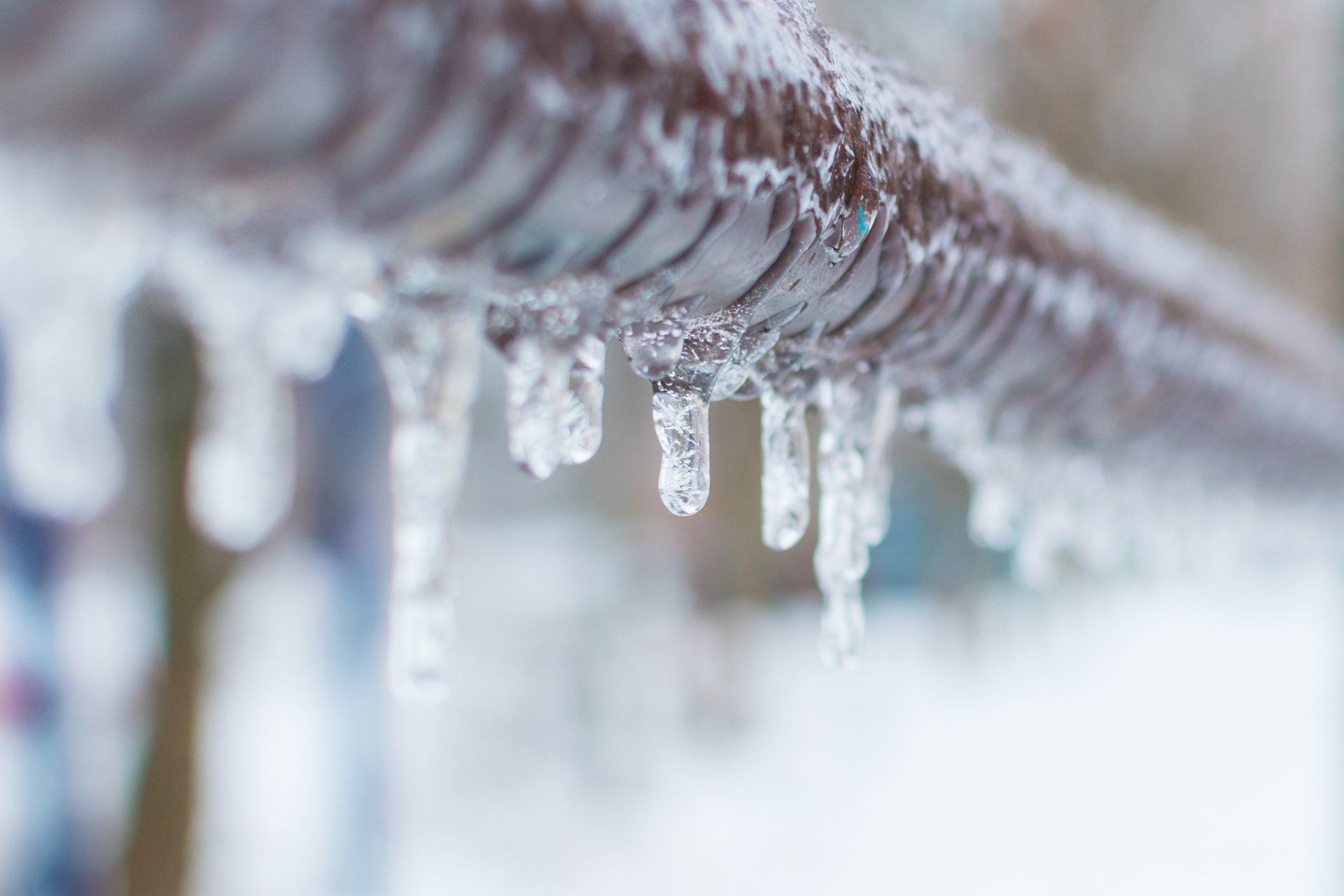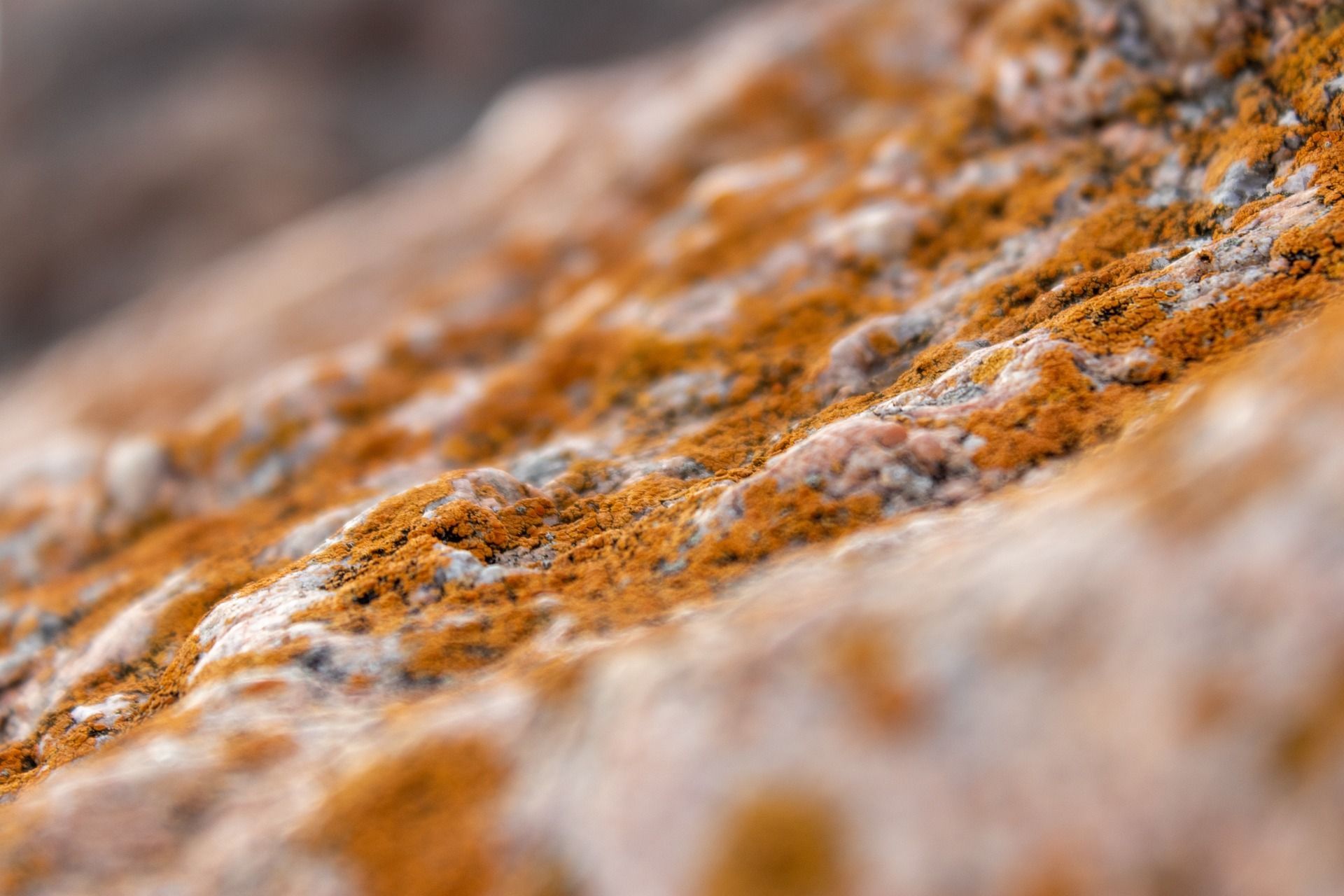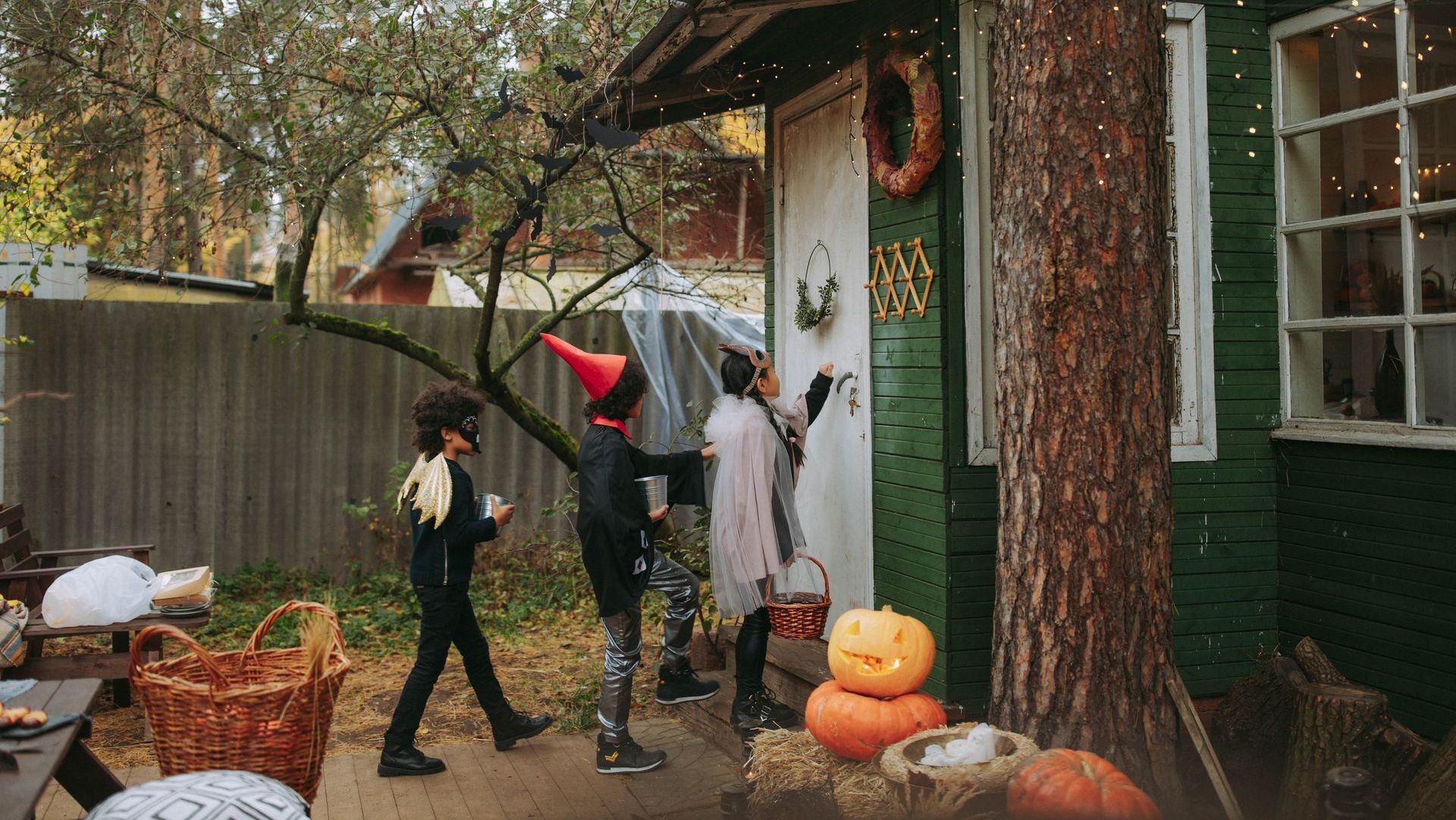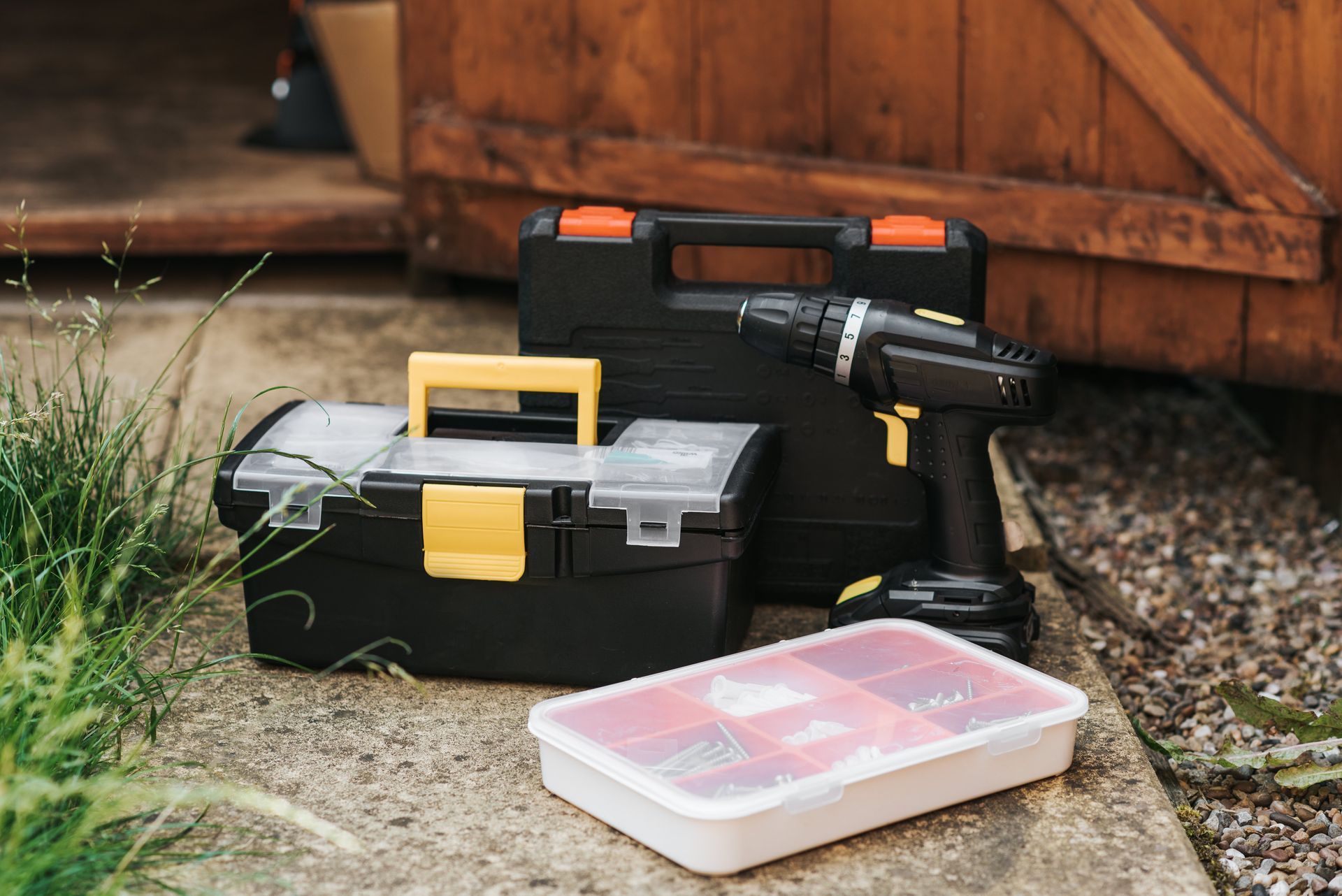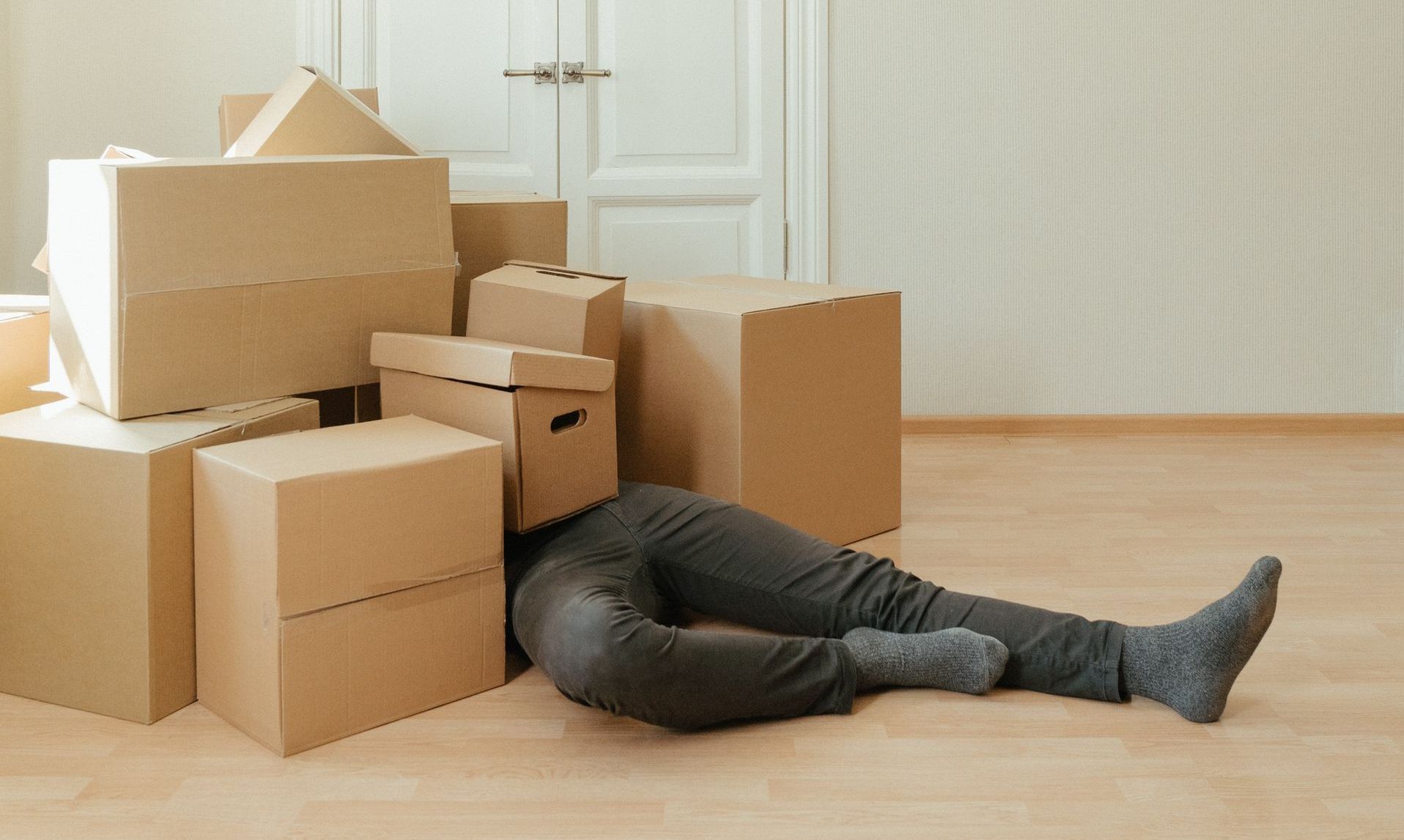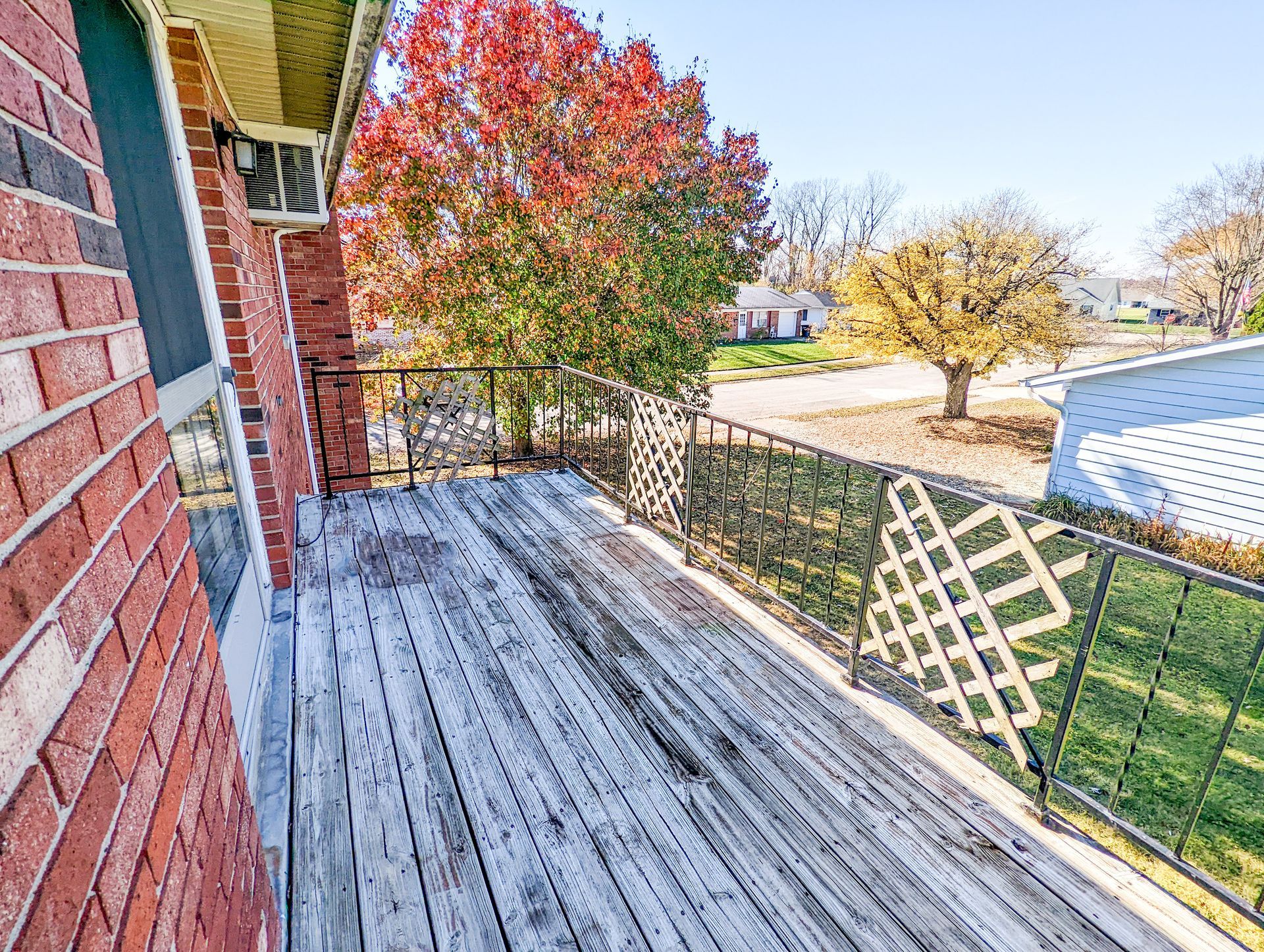Snow and Ice Removal
What do you need to know about removing snow and ice?
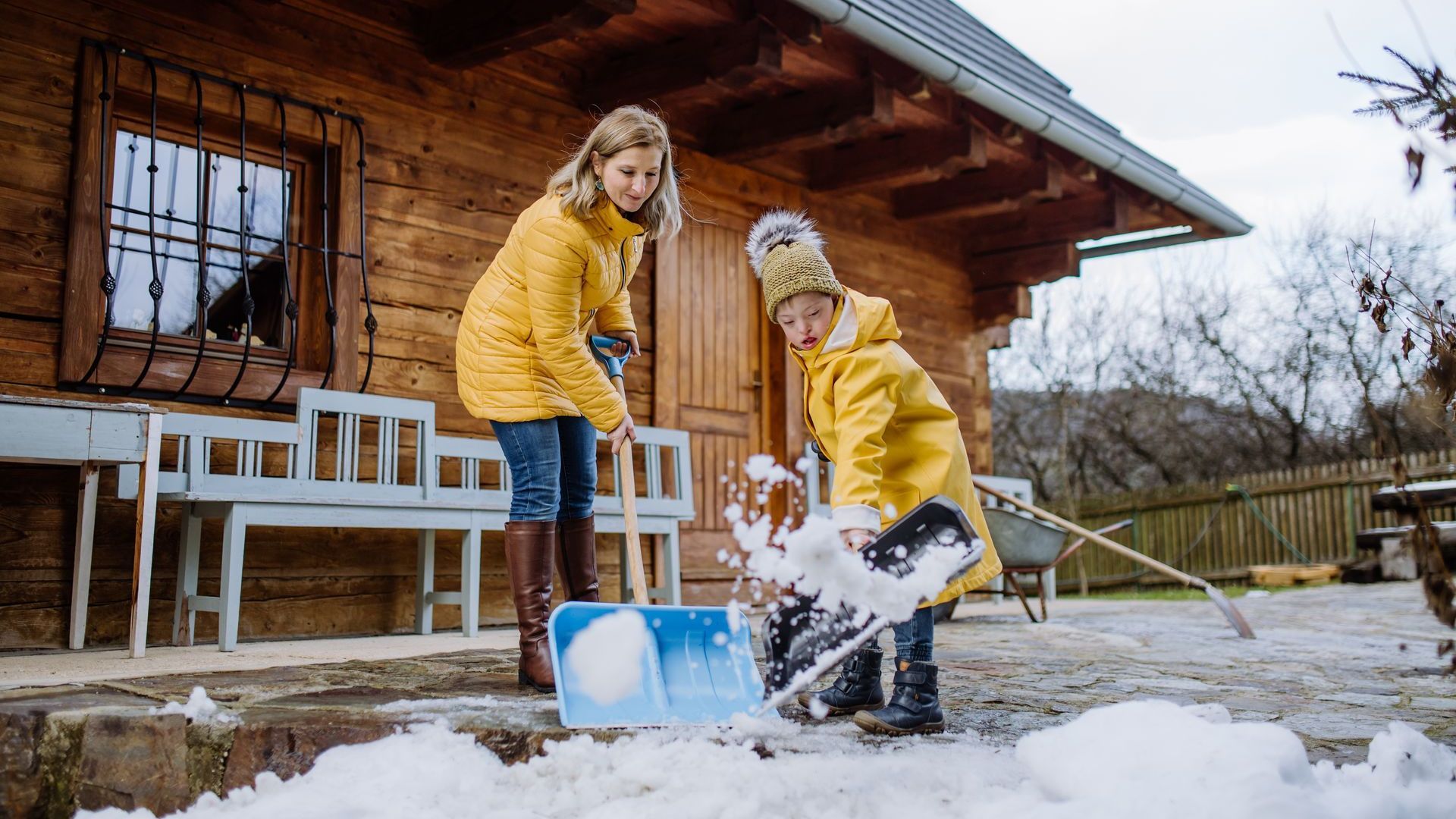
Brrr! Winter is coming, and with that comes ice and snowstorms. Do you know who is responsible for snow removal at your rental? How about how to most easily remove snow from your property? We’ve compiled a list of our snow removal policies and tips to help you stay safe in this weather.
Who is responsible for snow removal?
In general, for properties with more than twelve units, MiddleTown will remove snow and ice from parking lots, driveways, and walkways. This does not include shoveling between vehicles. Please note: if conditions are too severe, our crews will not be able to make it out for snow removal until the conditions improve.
If you live in a property with less than twelve units, you are responsible for snow and ice removal. If you aren’t sure about your property or want further information, check Section 1.23 of your lease or Section 2.9 if you signed before the fall of 2023.
I’m responsible for snow removal. How can I make it easier?
Snow and ice removal can be not only a pain, but also dangerous if not done properly. Here are some of our tips to make the process safer and easier.
Preventative Care
- Keep an eye on the weather. Don’t let a snowstorm blindside you. Check weather apps and local alerts to determine whether there will be icy or snowy conditions in your neighborhood that could require you to remove snow and ice.
- Cover your vehicles, driveway, or sidewalk with a tarp. Once the storm is over, you can remove the tarp and dump the snow in your yard for much easier removal.
- Salt BEFORE the storm. This will help prevent ice from forming in the first place and improve your traction and safety later when you shovel.
Speaking of ice and salt...
When to Use Rock Salt
Rock salt (sodium chloride) lowers the freezing point of water. If it’s colder than 32 degrees outside, which is the temperature at which water normally freezes, you can unfreeze ice by applying salt.
Sodium chloride works best between 15 and 32 degrees. For lower temperatures, you can use commercial ice melts designed to lower the freezing point of water even further, such as products containing magnesium chloride or calcium chloride. These products are usually more effective and environmentally friendly but also more expensive.
Therefore, if the weather forecast is 32 degrees or lower, you should consider salting before the storm.
How to Use Salt or Other Deicers
Whether you spread salt before the storm or after you shovel snow, use these tips to be as effective and safe as possible.
- Wear gloves. This will both keep your fingers warm and prevent possible irritation caused by the products if you are spreading the salt by hand.
- Use a fertilizer rotary spreader if you have one to make the job easier. This will take less effort on your part and make sure the salt is applied evenly!
- Spread the salt as evenly as possible in a thin layer. Do not create big piles or lumps of salt as this is less effective.
- Do not spread on grass or flowerbeds. This can cause harm to the soil and plants. Additionally, keep your pets from walking on the salt. If they lick salt off of their paws, it could cause them to become sick.
- Wait about thirty minutes for the ice to become slushy after salting, then scrape it off to prevent refreezing.
- Don't over salt. Chloride compounds are not the best for the environment, so try to apply only as much as you need to make sure that the area is safe and walkable. Too much salt can also contribute to corrosive concrete damage, garden/yard damage, and pet sickness at your property.
Need help choosing a safer deicer product? You can view the EPA’s list of Safer Choice Deicer’s here.
Shoveling Tips
- Shovel into your yard, not the street! It is illegal to shovel snow into the street in Indiana as it can cause the roads and sidewalks to be unsafe for drivers and pedestrians. For more information, contact the Muncie Street Department or visit here.
- Don’t heap snow on foundation walls or against wood. This can cause water damage, especially if the water refreezes and causes cracks to widen.
- Use cooking spray or WD-40 on your shovel. In conditions where snow sticks to your shovel, you can use cooking spray or lubricant to prevent sticking.
- Shovel sooner rather than later to prevent ice from forming and snow from getting packed down. You may even find it easier to shovel a few times during the storm rather than all at once.
- Remember to bend your knees and lift with your legs while shoveling! Don’t hurt your back. If you can, push the snow rather than lifting it.
- If you have a leaf blower but not a snow blower, you can use the leaf blower for snow removal. Aim it at an angle toward the snow and blow the same direction that the wind is blowing in a side-to-side sweeping motion. This will work best on light, powdery snow that has not been packed down.
- Use sand or kitty litter after you are done shoveling as a traction aid. Keep you and your family safe from slips and falls by putting down a traction aid once you are done shoveling.
What if I need help removing snow and ice from my driveway?
We understand that not all tenants may be physically able to remove snow due to injury or disability. Luckily, if you are responsible for snow removal but need help, there are many lawn care businesses in Indiana at your disposal.
*Note: MiddleTown is not officially partnered with any of these companies and all residents are responsible for thoroughly researching their services before using them.
- Affordable Junk Removal: Muncie and surrounding counties
- Plant Studio Landscape: Muncie
- Phil’s Lawn Service: Muncie
- Ultimate Lawn Services: Muncie
- Smith Family Services: Muncie, Yorktown, Royerton areas
- Coops Lawn & Landscape: Muncie
- The Grounds Guys: nationwide with locations that service Muncie, Gas City, Hartford City, Marion, and Chesterton
- First Star Lawn Care: all central Indiana
- Frame's Lawn Care and Snow Removal: Richmond, Eaton
Questions?
If you have a question for us about our policies, use our chat box or call 765-289-7618.


